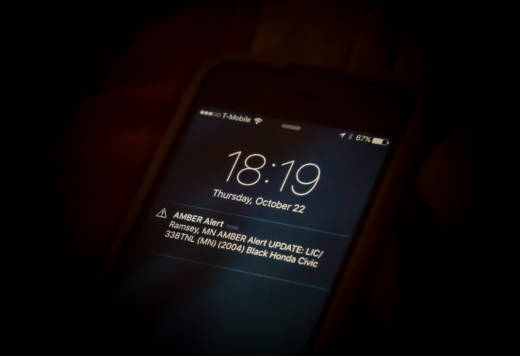When you get surprised by one of those Amber Alerts on your cellphone, that’s a wireless emergency alert. But they aren’t just used for child abduction cases.
Government agencies can contact wireless providers and ask them to override cellphones in a specific geographic area, and send out a message that you can’t ignore.
The Federal Communications Commission passed new rules Tuesday to make those wireless emergency alerts more effective and fix some of the technical problems that Sonoma County officials say hampered their rescue efforts during the October wildfires.
County officials did not use wireless emergency alerts in Sonoma, Napa or Mendocino counties during the October fires. Lake County did use the service.
Chris Helgren, emergency manager for Sonoma County Fire and Emergency Services, defended his decision not to use the alerts, saying that they were too geographically broad.

